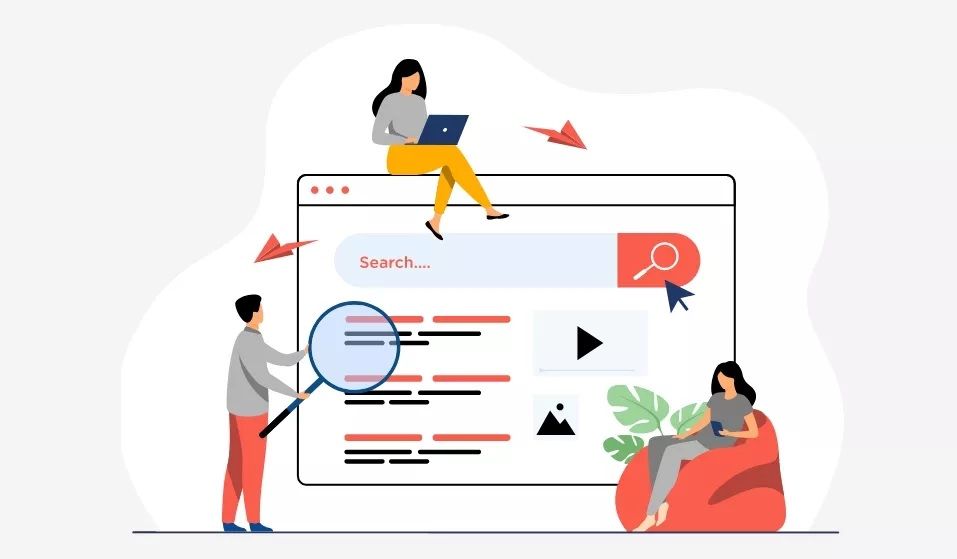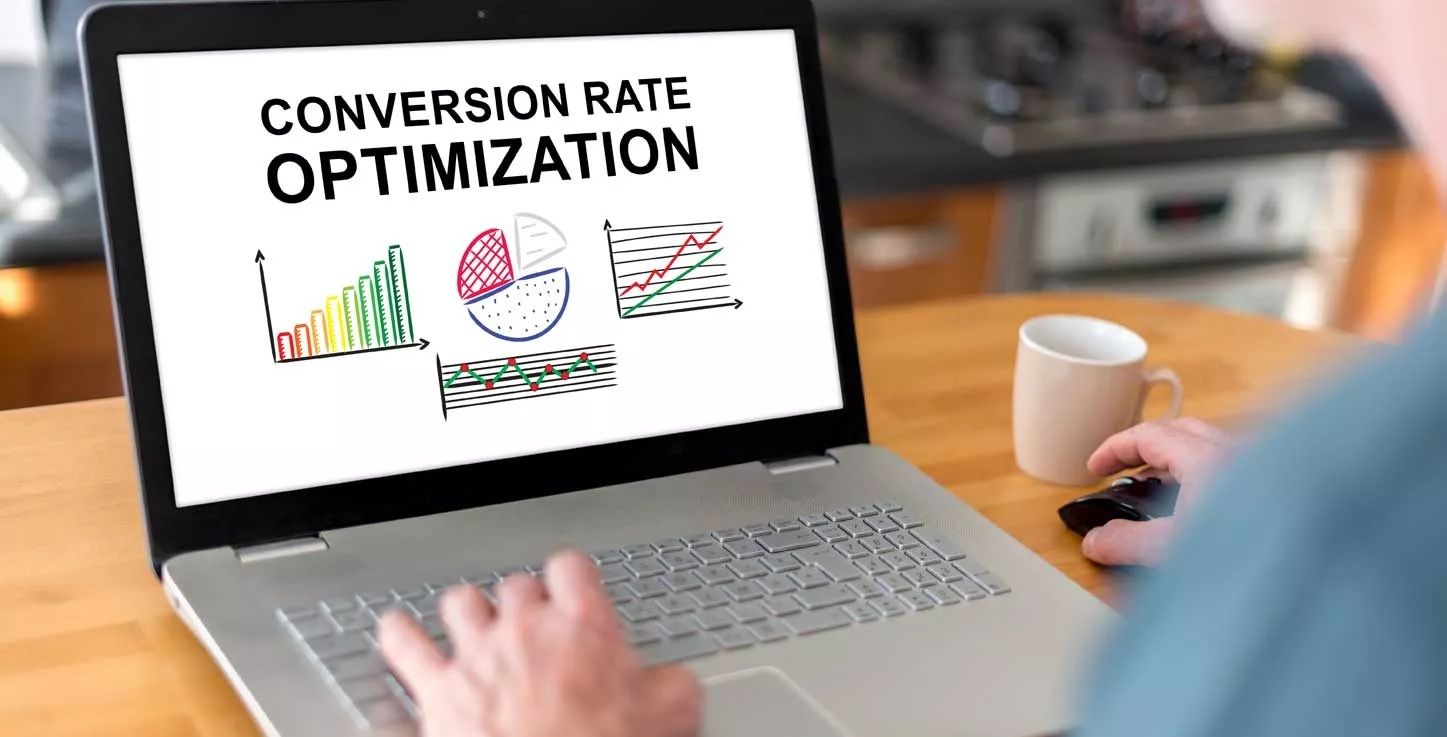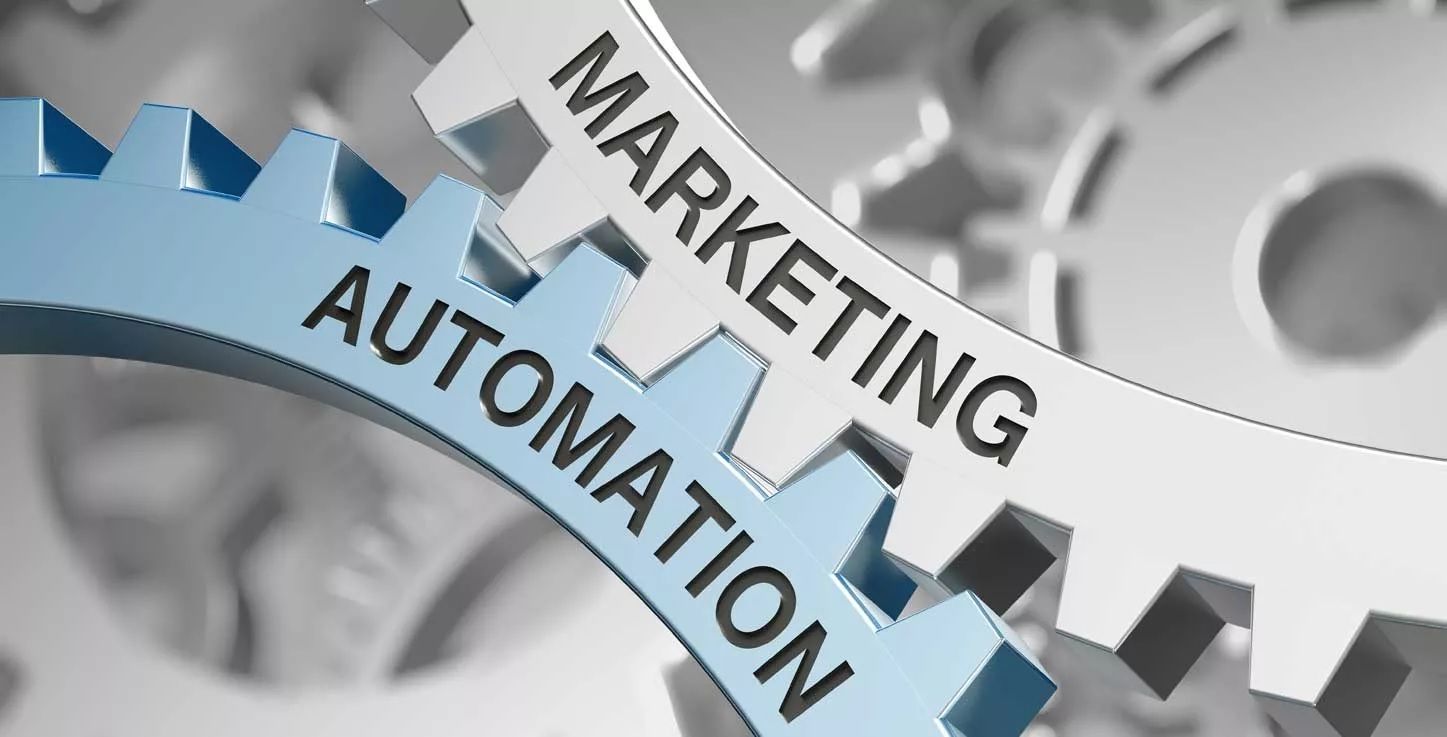Quick Guide for Blog Promotion

How much time and energy do you spend on a blog post? Most people devote at least an hour or two if not much more depending on the overall process. It takes time to research topics, determine keywords, discover the slant for what you are writing, working up a title, editing, and publishing.
So after all of that work, why do so many people skip the promotion step? After you have edited, tweaked and adjusted that post you should then:
1. Map out options
Where are all the places you can post information about your latest creation? What social media platforms are you using? Do you use email lists to help spread the word?
2. Update profiles
When using social media to promote your blog make sure your social media profile links back to your blog or website.
3. Consider visualizations
Rather than just sharing a post, you should look to enhance the offering with visuals. For example, things like infographics, images with a snippet of text overlaid or even quote boxes are all great ways to entice people about your post.
4. Schedule appropriately
Content and promotion of content should take place on a proper schedule. make sure to schedule your content publishing in advance.
5. Use proper tagging
One huge benefit of social media is the ability to tag people, brands, etc. When you are making a post you should use the proper hashtag when it makes sense.
6. Ask friends and influencers
Ideally you want to build a network of friends and influencers who will help promote your blogs and you help do the same for them. Even a small business can benefit from this concept if you ask associates and friends to read your post and promote it on their social media accounts if they feel it has value.
7. Cross promote
Email is a great way to cross promote stories and is a good option to re-inject life to a post a few days after initial posting. Make sure to include social shares within your emails and include a link to the blog in your signature line.
Latest Articles

SEO and Web Design
Search engine optimization (SEO) is a valuable digital marketing strategy for businesses that want to drive more traffic to their sites and increase exposure to their brands. SEO design is an essential aspect of this strategy that focuses on the design of your website.

Secure Your Website with HTTPS Protocol
HTTP stands for hypertext transfer protocol and it is the foundation of data communication on the internet. While HTTP is the original version, a more secure version has been created called hypertext transfer protocol secure (HTTPS) which keeps data sent between your web browser and the target website safe and secure via encryption.

What is Conversion Rate Optimization?
Conversion rate optimization (CRO) is defined as the process of increasing the percentage of visitors to a website that takes a specific action desired by the business such as making a purchase, signing up for a newsletter, requesting a quote, etc.

Marketing Automation
Marketing automation means technology designed to more effectively market on multiple channels online by automating repetitive tasks. They have become more popular for marketing departments and organizations as platforms have become more sophisticated enabling users to more easily plan, coordinate, manage and measure campaigns.